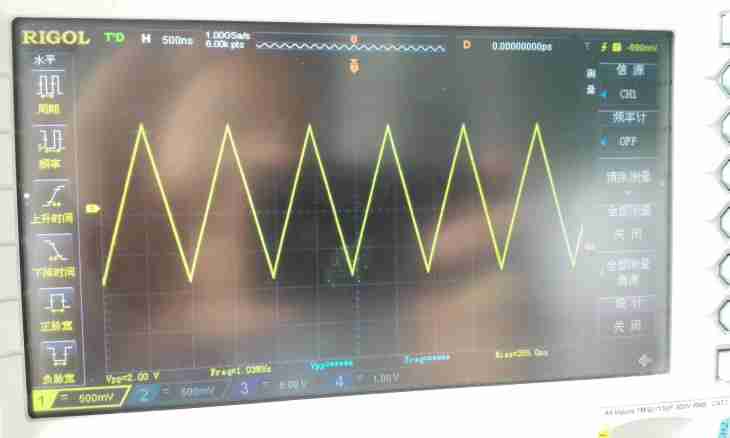On school lessons of mathematics everyone remembers the schedule of a sine, uniform waves leaving afar. Similar property — to repeat through a certain interval — also many other functions have. They are called periodic. Frequency — very important property of function which is often found in various tasks. Therefore it is useful to be able to define whether function is periodic.
Instruction
1. If F(x) is function of an argument x, then it is called periodic if there is such number T that for any x F (x + T) = F (x). This number T is also called the function period. Periods maybe a little. For example, function F = const for any values of an argument accepts the same value, and therefore any number can be considered as its period. Usually the mathematics interests the smallest function period not equal to zero. It for brevity is also called just the period.
2. A classical example of periodic functions — trigonometrical: sine, cosine and tangent. Their period is identical and equal 2π, that is sin(x) = to sin (x + 2π) = to sin (x + 4π) and so on. However, certainly, trigonometrical functions — not only periodic.
3. Rather simple, basic functions the only way to establish their frequency or not frequency — calculations. But for difficult functions there are already several simple rules.
4. If F(x) is periodic function with T period, and for it the derivative, then this derivative f(x) = by F ′ (x) — too periodic function with T period is determined. The value of a derivative in a point x is equal to a tangent of angle of an inclination of a tangent of the schedule of its antiderivative in this point to abscissa axis and as the antiderivative periodically repeats, also the derivative has to repeat. For example, derivative of the sin (x) function cos(x) is equal, and it is periodical. Taking derivative of cos(x), you receive – sin(x). Frequency remains steadily. However the return is not always right. So, the f (x) function = const periodic, and its primitive F(x) = const*x + there are no C —.
5. If F(x) is periodic function with the period of T, then G(x) = a*F (kx + b) where a, b, and k — constants and k is not equal to zero — too periodic function, and its period is equal to T/k. For example sin(2x) is periodic function, and its period is equal π. Visually it can be presented so: multiplying also by some number, you kind of squeeze a function graph across in so many time
6. If F1(x) and F2(x) — periodic functions, and their periods are equal to T1 and T2 respectively, then the sum of these functions can be periodic too. However its period will not be the simple sum of the periods of T1 and T2. If result of division of T1/T2 — a rational number, then the sum of functions it is periodical, and its period is equal to the least common multiple (LCM) of the periods of T1 and T2. For example, if the period of the first function is equal 12, and the period of the second — 15, then the period of their sum will be equal to NOC (12, 15) = 60. Visually it can be presented so: functions go with a different "width of a step", but if the relation of their width is rational, then sooner or later (to be exact, through NOC of steps), they will even out again, and their sum will begin the new period.
7. However if the ratio of the periods is irrational, then total function will not be periodic at all. For example, let F1(x) = x mod 2 (a remainder of division x on 2), and F2(x) = sin(x). T1 will be equal 2 here, and T2 is equal 2π. The ratio of the periods equals π — to irrational number. Therefore, the function sin (x) + x mod 2 is not periodic.

